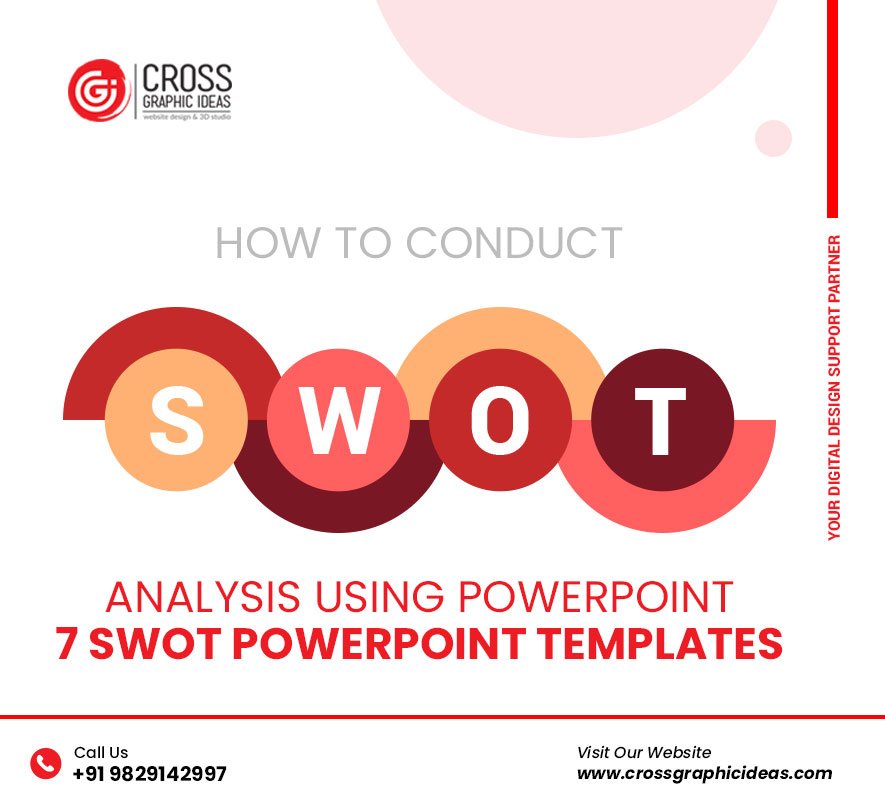In searching for ways to produce visually stunning presentations for clients or end-users, Microsoft PowerPoint could be a design powerhouse. However, most users don’t take full advantage of PowerPoint’s design capabilities and overlook the rewards that come with a well-designed template. Office suite’s “power users” - just like the expert design team at Bluewave - recommend setting up a template or master for your slideshow. This provides a more professional result, providing cohesive messaging and a better plus much more memorable viewing experience on your audience.

Exactly why do I would like a PowerPoint template?
A PowerPoint template, or Master, enables the consumer to maintain consistency of key components during the entire slideshow. Elements like colors, title, text, charts, logos, and images will show up in consistent sizes and designated positions during the entire presentation. Should your template is just not well-designed, you will probably find major issues when adding important elements with a frame - fonts, alignment of text, logos and graphics can transform - shifting the main objective of your slideshow and distracting from the message.
A well-designed template makes these elements simple to apply across a number of slides to increase your presentation. Your template becomes the building blocks for your slideshow Plus your message - permitting you and downline to collaborate quickly and on-brand within a flexible environment. Users will be able to easily change content, incorporate additional information, and modify existing slides many different messages, needs, and audiences and never have to worry about formatting and layouts. Well-designed templates are an easy way to produce building presentations effortless inside a collaborative setting.
How to determine if my template is well-designed?
There are many techniques to look at your template to make certain it’s attractive. As an illustration:
Are you using slide layouts? Or else, why?
If you’re not using slide layouts to build new slides, then chances are you aren’t by using a true “template”.
Are you able to easily swap out images while not having to resize/reshape them?
Templates provides image placeholders which might be sized and positioned consistently across layouts. This enables you to easily “change image” without having to preset sizes or manage shape or color overlays.
Will be the brand colors and logo size/position consistent throughout?
Logos should generally align towards the “grid” in the same place throughout the presentation. Moreover, your brand colors should be positiioned in the template’s color palette in order to easily employ a brand color to text and graphics.
If you observe the presentation in grayscale, are typical elements visible and readable?
People may prefer to quickly print out your presentation, and many printers default to black & white. For that reason, we propose setting grayscale with the template level, to further improve readability colored AND grayscale.
Would be the fonts consistent?
Is generally to the two type of font itself (think Segoe vs Segoe Light vs Segoe Semilight) and the size headers along with the text. Your brand fonts should be set because default fonts in the template and check towards the top of their email list of fonts.
Your presentation not simply needs to connect with your audience, it has to represent your brand’s vision and values. This means that beyond containing the proper brand colors, logos and fonts, your template must reflect the personality and even the ethos of the brand. Companies spend lots of time and funds on their own brand identity. Any point of contact that people have using your brand has to be consistent and considered; an exhibition template both tells your story, and evokes the sensation, voice, and style of your brand.
For more info about to get more information view the best internet page: click
